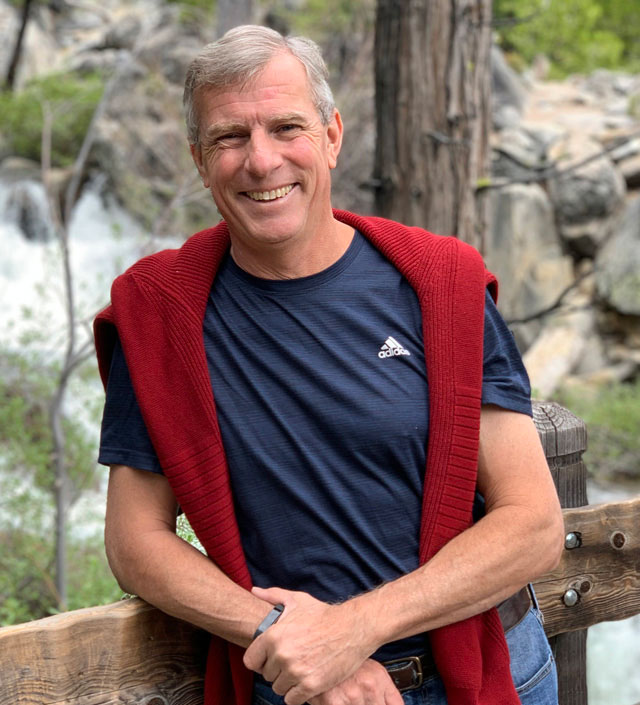Longer, healthier lives should be an economic shot in the arm to societies, says a leading gerontology and epidemiology researcher.
Instead, she says, age bias may cause nations to fail to invest in senior well-being, just as older people become the best medicine for societies’ economic ills.
Older people are projected to outnumber the young for the first time worldwide around 2030 — in seven years. Aging societies are defined as people age 65 and older, and the young as ages 15 and younger.
“We are at a critical inflection point, perhaps even a precipice, between the realization of our negative assumptions or pursuing an optimistic future of healthy longevity, avoidable disability, and social challenges,” Dr. Linda P. Fried co-writes in a recent issue of the journal “Nature Aging.”
The paper plucks from “The Global Roadmap for Healthy Longevity” report that the National Academy of Medicine’s published in June 2022. Fried, who is dean of Columbia University’s Mailman School of Public Health and director of Robert N. Butler Columbia Aging Center in New York, is a NAM commissioner.
“Roadmap” paints a vision for 2050 of an age-inclusive society that engages everyone with meaningful purpose, regardless of health. Its action plan urges reforms in health-care delivery, social infrastructure, physical environments, education, work and retirement.
People of all ages, it argues, benefit when older and disabled people thrive, contrary to stereotypes that they burden younger adults. In contrast, it costs society to care for people in poor health or who are displaced from the workforce and underused in volunteer work.
“Governments should work to build the dividend of healthy longevity in collaboration with the business sector and civil society,” Fried writes.
Examples of action imperatives are broadband internet that’s accessible to everyone and lifelong learning incentives.
Road to the future
The COVID-19 pandemic delayed completion of “Roadmap.” It’s unclear if Covid deaths are factored into its longevity data.
“Roadmap” goals, findings and recommendations in its Vision 2050 include:
- Healthier, longer-lived adults bring assets to the economy and to society at a scale that delivers dividends to all ages.
- The costs of failing to invest in healthy longevity risks young people aging with more ill health.
- Older populations have value and should engage in meaningful and productive activities, which in turn binds generations.
- All of society needs to transform in alignment to achieve Vision 2050.
- Returns on investment could be high in human, social and financial capital, as well as multigenerational happiness.
The report maps three target investments in its five-year goal called “longevity dividends”: work/retirement, volunteerism and lifelong learning.
It calls on legislatures to enact legal protections — for both physical and financial safety — and on the private sector and social infrastructure to design policies for older workers to remain on the job as long as they choose. It seeks the same protections and incentives for seniors who work in gig earning models and who volunteer.
One specific “Roadmap” target is income stability and job security for older workers during periods of disability.
Vision 2050 put to test
COVID-19 spawned new and successful collaborations between private and public sectors, the report points out. The circle includes individuals, nonprofit charities, government and nongovernmental organizations.
The quick development of Covid vaccines is an example of success when academic and government institutions intensely collaborate with private industry — not just the pharmaceutical firms that developed the shots, but also manufacturers that converted sometimes unrelated industry assembly lines to mass produce sanitizers, personal protective equipment, coronavirus test kits and therapeutics.
However, the global pandemic’s disproportionate death of older people — even in absence of pre-existing conditions — and their ongoing suffering underscores how little is known about the physiological changes in aging that raises risks of infection, severe illness and death, according to “Roadmap.”
“Much greater investment in basic and clinical research is essential to better understand the pathophysiology of diseases and develop effective therapeutics,” the report advises.
Global epidemic-preparedness assessments, such as the GHS Index, failed to accurately predict the pandemic’s toll, the study found.
The commission is urging governments to rely less heavily on biosafety and more on vulnerabilities of economic inequity, supply-chain stability, societal malcontent, universal digital access and political risks.
Effective action requires public and private sectors to share their best real-time data, science, expertise and resources, and to communicate and cooperate with local and state regulators, “Roadmap” says.
Health reform
Some countries have invested too much in acute care based on false dire assumptions about aging populations, the commission concluded. As a result, too little is invested in public health and long-term care. Long-term care systems include nursing homes, home-based care and community-based elements of care in-home.
“Countries around the world need to rebalance and redesign their health care systems,” according to the “Roadmap.”
Age-diverse societies are stronger than societies in which the aged live with indignity, illness and loneliness, the report also says. Furthermore, the physical acceleration of longevity means “a social resource can be developed that has never existed in human history: age-diverse societies that build on the complementarity of skills and qualities typical of both younger and older,” it says.
“The health of a population is a priceless asset,” says John Eu-Li Wong, a NAM commissioner and co-author of the “Nature Aging” paper with Fried and NAM President Victor J. Dzau.
“A healthy society is far better prepared to face crises, be it extreme weather events or pandemics,” Wong says. “Having populations able to continue contributing well into their older age will allow all to reap the investments in human capital made throughout life, which in turn will unlock the social and economic capital of older people to a degree which has yet to be realized.”
Linda Hildebrand is a longtime newspaper editor and consumer reporter.







